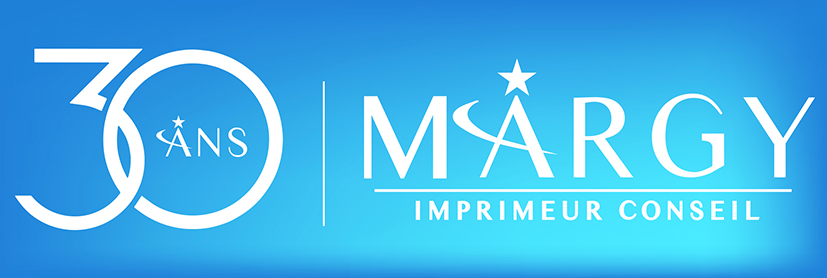In 2016, digital advertising revenues will grow three times faster than other media. Yet while the internet continues to reinvent advertising, the redistribution of media plans does not sound the death knell for paper-based advertising.
Digital advertising is continuing to make inroads, and it shouldn’t be long before it dethrones television advertising from first place. With growth of 4.7% for the coming year, it is being boosted by advertising on social networks, online video and paid search. With a turnover of 463 million euros last year, programmatic advertising grew by 61%, a figure that remains lower than those recorded in neighbouring countries for the same period.
New directions in digital advertising
This strong growth proves that digital advertising is continuing to evolve in line with new media and user behaviour. The trend towards mobile and video is continuing, and there will be three types of innovation in this area.
The omnipotent use of the mobile phone favours the vertical format over the horizontal format imposed by television and cinema. The time spent by the screen generation watching videos on a mobile phone will soon equal that spent on a computer, and videos will be used for programmatic advertising. Finally, the ever-increasing use and recommendation of social networks means that advertisers are obliged to be present, given the impact they generate.
Advertising tailored to social networks
Social networks are emerging as essential platforms for exchange and information. Offering an ever-increasing range of functions, they have become essential marketing tools for companies and advertisers.
Today, there isn’t a company that doesn’t have a Tweeter or Facebook account. These indispensable channels are the first choice of consumers when it comes to communicating with companies. It’s clear that social networks have taken over customer relations and, through their power, are lending credibility to the brand image of companies in the eyes of Internet users. A survey of French people revealed that they trust the products and services offered by social networks. 46% of them are ready to buy an entertainment product after comments left on their favourite network.
This figure is not lost on advertisers, who are ready to design personalised advertising messages to attract new customers.
An indestructible paper medium
Faced with such an onslaught from digital advertising, which is ready to comply with the data imposed by the new media, we have every right to doubt the future of paper-based advertising. While it is now impossible to exclude digital advertising from a media plan, the mistake would be to ignore paper as part of a multi-media communication strategy.
Here too, the figures speak for themselves. Paper has a higher read rate than its digital equivalents (92% for advertising mail compared with 83% for email). This has been confirmed in the food, retail and furniture sectors.
The advertising leaflet is not about to disappear from our very real letterboxes. Better still, it introduces and supports digital advertising. Whether we like it or not, paper determines our confidence. No doubt because it’s easier to believe what you touch. In 2016, paper continues to shape its future.
Other articles :
 01 44 52 02 02
01 44 52 02 02
